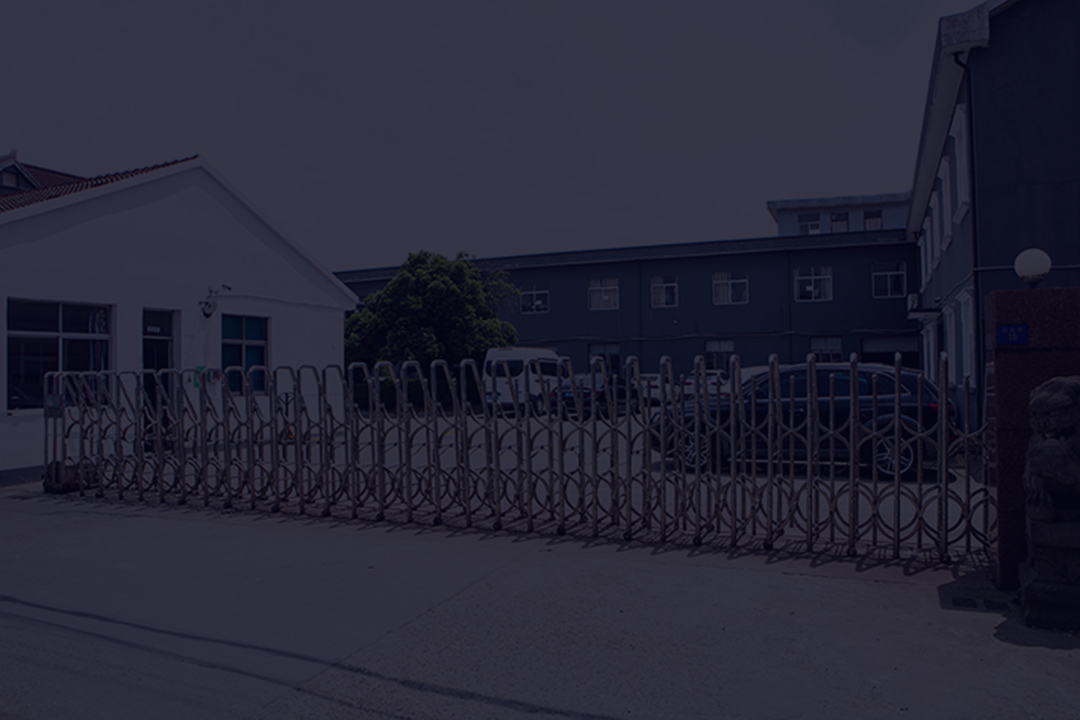

Introduction to Aircraft Seat Frame
1. As the core load - bearing component of the aircraft cabin interior, the performance of the aircraft seat frame is directly related to the safety and riding experience of passengers. Modern aircraft seat frames are mainly manufactured using high - strength lightweight alloy materials and high - performance composite materials. High - strength lightweight alloys such as titanium alloys and aviation aluminum alloys have the characteristics of low density, high strength, and excellent fatigue resistance. They can effectively reduce the overall weight of the aircraft and lower fuel consumption while ensuring the structural stability of the frame. High - performance composite materials, such as carbon fiber - reinforced composite materials, are not only extremely lightweight but also have excellent corrosion - resistance and impact - resistance. Moreover, their mechanical properties can be customized according to design requirements to meet the manufacturing requirements of complex structures.
Performance of Vibration Friction Welding in the Manufacture of Aircraft Seat Frames
2. In the practical application of the aircraft seat frame manufacturing field, vibration friction welding meets the large - scale and high - efficiency production needs of the aviation manufacturing industry. At the same time, the welding quality is stable and reliable, and the formed weld has high strength and high sealing performance, which can effectively improve the overall structural strength and reliability of the seat frame. It ensures that the seat frame remains stable under complex working conditions such as aircraft take - off, landing, and flight turbulence, guarantees passenger safety, and meets the stringent quality standards of the aviation industry.